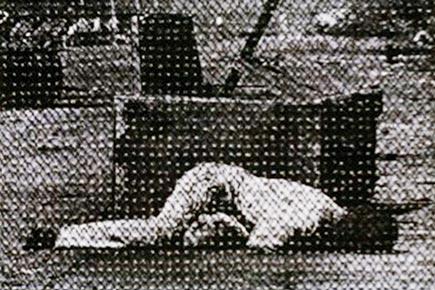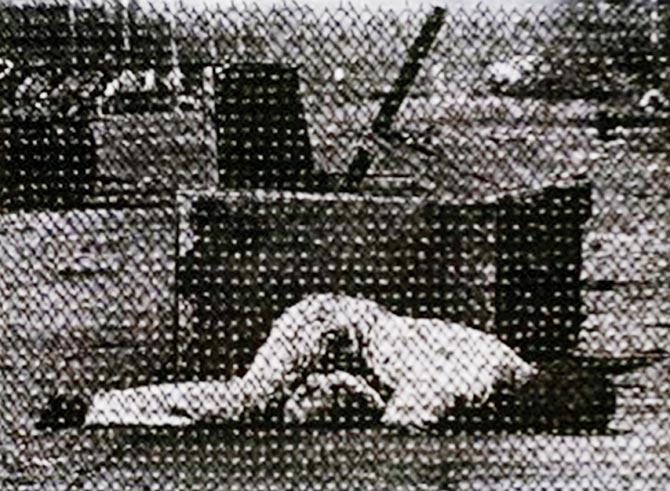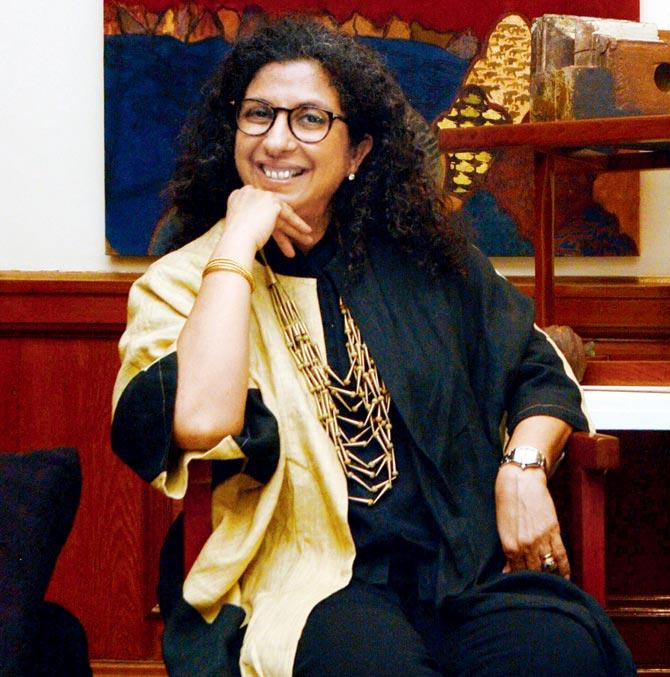Shireen Gandhy, the face of Chemould Prescott Road, one of India's leading galleries, remembers the '90s as a turning point in the country's art history

ADVERTISEMENT

Burial by Vivan Sundaram, 1993, Iron nails and photographs. Pic/Chemould Prescott Road Archives
Shireen Gandhy, the face of Chemould Prescott Road, one of India's leading galleries, remembers the '90s as a turning point in the country's art history. The demolition of Babri Masjid in 1992 disturbed the socio-political fabric of the country. "After the economic liberalisation of India in 1991, and then the riots following 1992, the life of the nation changed and artists realised they couldn't continue the kind of practice they had," she says.
This was soon after 1988, when Shireen joined her parents, Kekoo and Khorshed Gandhy, in the gallery, founded in 1963. Shireen, then in her twenties, worked with the next generation of artists, such as Nalini Malani and Vivan Sundaram, and an even younger generation, including Jitish Kallat, Reena Saini Kallat and Shilpa Gupta. All these artists were making new shifts, and Chemould, then housed above Jehangir Art Gallery, was at the forefront of that.
"The terms 'site-specific installation' or even just 'installation' were completely new. Nalini turned Chemould into a waterscape; you could enter the artwork as opposed to sculptures or paintings," says Shireen. Titled City of Desires, the show captured the spirit of Bombay, its spine broken by the riots. Similarly, Vivan had a monumental installation at Jehangir, supported by Chemould, based on a photograph of a Muslim man killed in the riots.

Shireen Gandhy
While each artist had a different narrative about his or her association with the gallery, Shireen remarks that the '90s was a time when formal representation with artists existed but loosely. "M F Husain, for example, exhibited with both Pundole's and Chemould. At that time, it wasn't about the big projects or the art fairs, and so artists' expectations from galleries were quite low as well. The galleries in Mumbai didn't have the financial wherewithal or framework of international shows. Today, the gallery and artist ties have become stronger certainly, but need to be stricter still."
 Subscribe today by clicking the link and stay updated with the latest news!" Click here!
Subscribe today by clicking the link and stay updated with the latest news!" Click here!








